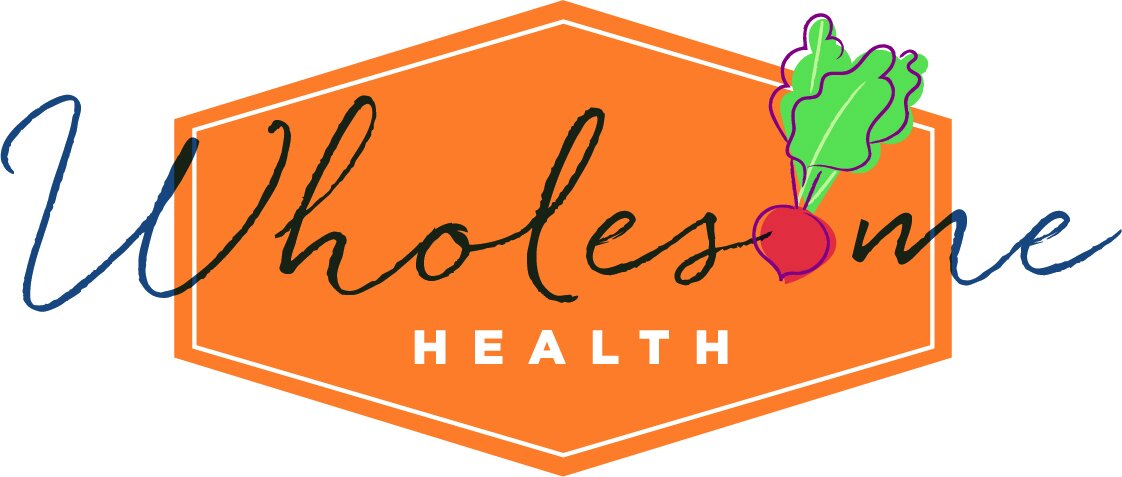Diets 101: Ketogenic Diet
As I’ve shared in past blog posts, there are so many diets out there, I often have difficulty keeping track! The ketogenic diet, or keto, as it’s often called, is quite popular and has actually been around since the 1920s. Today I’ll share the history of the keto diet, what is involved when following a keto diet as well as the pros and cons.
What is the keto diet?
The keto diet was introduced in the 1920s as a treatment for epilepsy in children. Though sometimes still used for this, it became popular again in the 1990s but this time as a method of weight loss. Keto is an extremely low-carb and high-fat diet. Typically, the body likes to use carbs for energy, but when carbs are so restricted, it starts to produce ketones which allow fat to be burned as the main energy source. Being in a state of “ketosis,” where the body is burning fat as fuel, is the goal for those on a keto diet.
What to eat?
A standard keto diet is composed of roughly:
70% fat
20% protein
10 % carbs
Carbs generally need to be limited to 20-50 grams per day. For reference, one slice of whole wheat bread is usually around 20 grams of carbs, so you can see that this is a very low-carb diet.
Some people may think a keto diet is high in protein but this actually is not the case. If too much protein is consumed, the body can start turning protein into energy. If this happens, the body is no longer burning fat as its primary energy source and therefore is no longer in ketosis.
Here are the foods commonly consumed while following a keto diet:
Red meat - beef, pork, lamb
Poultry - chicken, turkey
Fatty fish - salmon, tuna, halibut, sardines
Eggs
Full-fat dairy - butter, cheese, heavy cream
Nuts and seeds
Oils - avocado, olive, peanut
Avocado
Low-carb veggies - leafy greens, broccoli, cauliflower, cabbage, peppers, mushrooms, onion, etc.
Herbs and spices
What to avoid?
Foods to be avoided on a keto diet include:
Sugary drinks - soda, juice, sweetened coffee drinks
Grains - bread, rice, pasta, cereal, oatmeal
Starchy vegetables - potatoes, peas, corn, winter squash
Legumes - beans, lentils
Fruit
Desserts and sweets (including sugar-free desserts)
Alcohol
Pros
There is research demonstrating the benefits of following a keto diet. Some of the proposed benefits include:
Cons
The following are reasons to think twice before trying the keto diet:
Very restrictive
Keto flu due to the rapid change from burning carbs as fuel to burning fat as fuel
Increased cholesterol levels due to higher intake of saturated fats and lower intake of fiber
Constipation due to low-fiber diet
Overall, you’ll have to decide if keto is right for you. It can work as a method of weight loss or improving blood sugar control, but there are drawbacks. I like to tell my clients to find an eating plan that will work for the rest of their life. If you can follow keto for the rest of your life, great! But if not, I’d recommend finding a less restrictive alternative.




